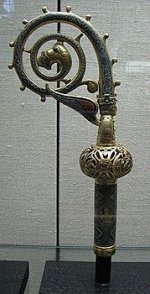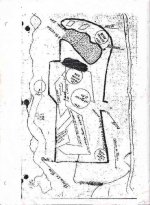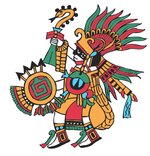Oroblanco
Gold Member
- Jan 21, 2005
- 7,838
- 9,830
- Detector(s) used
- Tesoro Lobo Supertraq, (95%) Garrett Scorpion (5%)
Hi whisky rat, I have covered this before. It was the most convenient way, via El Rio del Norte, to a waiting Jesuit ship for transhipment to Rome. The infrequent Jesuit ship would anchor near Mattamoros.
The Caballos were a depository at aprox. !/3 of the way to Mattamores It was a faster loading and quicker way for the trans shipment to send itt downstream, In the meantime it was a nice quiet storage site...
I have no idea when they started using the Caballos as a storage, previously I had imagined that their method was to send it through the mission sites, which were apox. 1 day apart, and were serviced by Mules and burros.
View attachment 1247094
rome.
Can you post some evidence of any Jesuit ship(s) calling at Matamoros? It certainly does not look "convenient" to me, to ship precious metals from Tayopa, across the Rio del Norte, into the Caballos, then to Matamoros, in fact that looks overly long, complicated and fraught with un-necessary risks, especially when the Jesuits are known to have had their own cargo ship operating in the PACIFIC, that traveled in company with the powerful Manila Galleons for mutual protection. Thanks in advance.
Oroblanco









